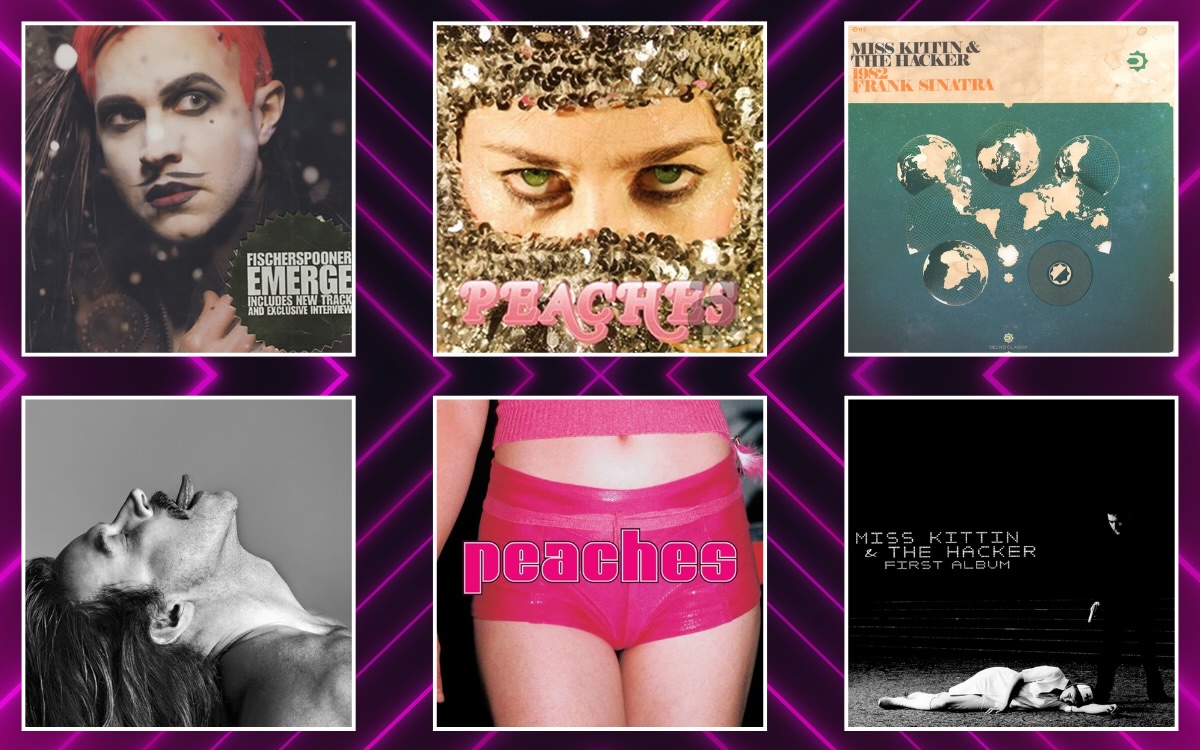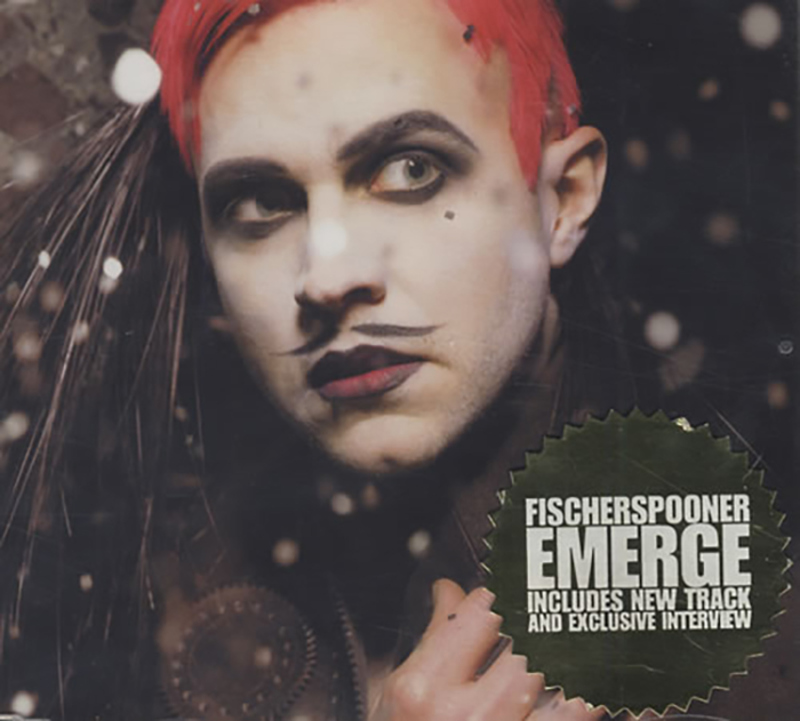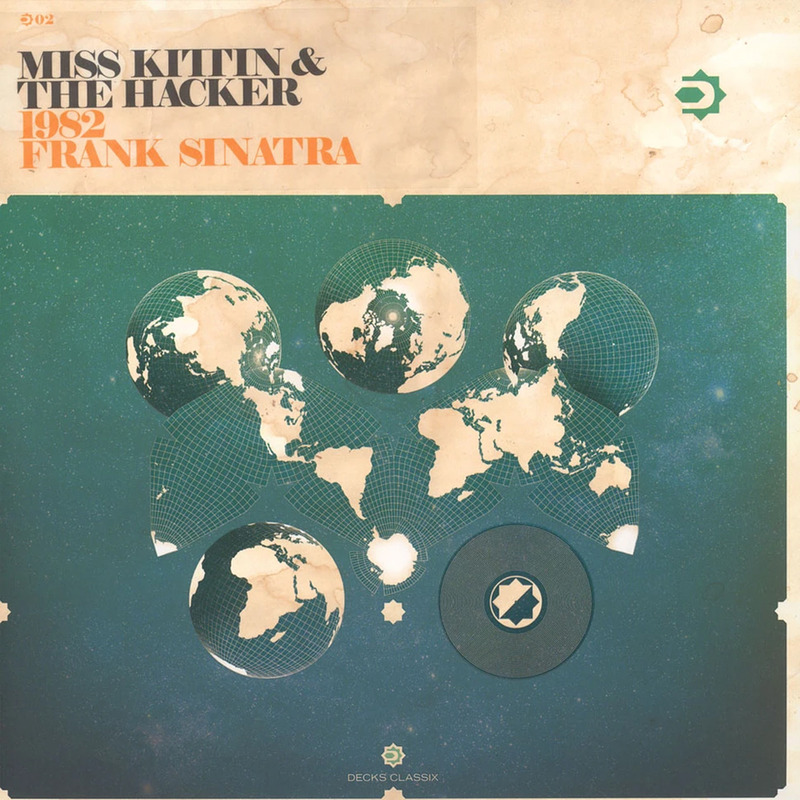Throbbing beats and a deadpan sense of humour are what characterised clubland’s dominant sound in the early Noughties...

Chances are, if you went clubbing in 2001 and weren’t strutting your stuff at the local indie fleapit, that you were sweating it over Peaches’ F**k The Pain Away or Fischerspooner’s Emerge, for it was those brutal Electroclash sounds that seemed to saturate the club scene at the dawn of the Noughties.
Characterised by crisp drum machine beats, a fat techno throb and inscrutable vocals dripping in irony, it had emerged at the end of the 90s, at once retro and futuristic, the quintessentially postmodern genre for the coming millennium.
Who coined the term ‘electroclash’ is a subject of fierce debate – some point to Germany’s DJ Hell, while others credit LA-based club promoter DJ Larry Tee. Certainly, it was Tee who helped popularise this new underground sound, however, when he curated the first Electroclash Festival in New York in 2001.
Sonically, electroclash relied on vintage synths delivering pulsating rhythms, preferring analogue warmth over digital precision. Certainly, there are synth-pop influences, with more than a hint of Yazoo and Eurythmics in the music’s deadpan vocal delivery.
It’s seen something of a revival in the past few years, being included in what Gen Z call ‘Indie Sleaze’ – a freshly-minted term that scoops together the alternative sounds of the 2000s, from garage rock misfits like The Strokes and The Libertines to electroclash doyens such as Fischerspooner, Crystal Castles and Peaches.
For those born in the 21st century, it seems, the genre’s trashy, sexed-up glamour, exuberant decadence and, yes, sense of humour, is the much-needed rectifier to today’s antiseptic chart pop. Welcome back.
Essential Artists
Peaches
Canadian provocateur Peaches, born Merrill Nisker, exploded onto the scene back in 2000 with the sexually charged, lo-fi long-player The Teaches Of Peaches, a record that is now considered one of the genre’s set texts, with The Guardian ranking it at No.94 in their 100 Best Albums of the 21st Century list in 2019. Always one of electroclash’s most confrontational figures, she even won the respect of avant-garde icon Yoko Ono, who, after personally appointing her to perform during the Meltdown Festival at London’s Southbank Centre in 2013, stated: “I have a clear vision of future women artists led by the creative courage of Peaches. Thank you for adding a long and exciting life to performance art.” (teachesofpeaches.com).
Miss Kittin
French DJ and vocalist Caroline Hervé, aka Miss Kittin, came to prominence through her buddy-ups with The Hacker (otherwise known as Michel Amato), including the tracks Frank Sinatra and 1982, both of which blended minimalist beats with straight-faced lyrics about nightlife excess. Her evolution into solo projects, such as BatBox (2008), kept electroclash’s scuzzy, sinful spirit.
Fischerspooner
Fischerspooner, the New York-based duo of Warren Fischer and Casey Spooner, came up in the late 90s as performance artists blending music, theatre and visual spectacle. They gained notoriety through elaborate, Warhol-esque live shows featuring flamboyant costumes, synchronised dancers and multimedia elements, bringing a cutting-edge theatricality to the genre. The pair called it quits in 2019, after the release of their fourth and final LP, the Michael Stipe co-produced Sir.
Essential Tracks

Fischerspooner: Emerge (2001)
With its thrumming bass and robotic vocals, Emerge would become one of the genre’s defining tracks and also one of its biggest commercial hits, peaking at No.25 in the UK. Raw and minimalist, it’s been featured on countless TV shows and films, from Nip/Tuck and Westworld to D.E.B.S.

Miss Kittin & The Hacker: Frank Sinatra (1998)
There was always a strong sense of fun in electroclash and this one’s wry lyrics referencing Ol’ Blue Eyes (“Every night with my star friends/ We eat caviar and drink Champagne/ Sniffing in the VIP area/ We talk about Frank Sinatra/ ‘You know Frank Sinatra?’/ He’s dead!”), delivered by Miss Kittin in a stony monotone, are as funny as anything Morrissey ever penned.

Peaches: F**k The Pain Away (2000)
Raw and unapologetic, this raunchy DIY banger pairs sparse electronics with Peaches’ ferocious rhymes. It’s electroclash at its most punk – explicit, empowering and impossible to ignore. Sampled on the As Heard On Radio Soulwax Pt. 2 mix compilation and turning up in the movie Lost In Translation, it even influenced Radiohead, with Thom Yorke crediting the song as helping inspire 2007’s 15 Step.

Tiga & Zyntherius: Sunglasses At Night (2001)
Though much of the genre was retro in sound, it was unusual for one of its pivotal numbers to be an actual cover of an 80s song, let alone one like Corey Hart’s synth-rock banger Sunglasses At Night. Mixed by Canadian DJ Tiga and Finnish producer Jori Hulkkonen (as Zyntherius), it reframes the original’s lyrics – “I wear my sunglasses at night/ So I can, so I can/ Watch you weave then breathe your storylines” (mimed by transgender performance artist Amanda Lepore in the video) into something more droll.
For more on Electroclash read Energy Flash: A Journey Through Rave Music And Dance Culture by Simon Reynolds – Faber & Faber (Originally published in 1998) click here
Subscribe to Classic Pop magazine here
Classic Pop may earn commission from the links on this page, but we only feature products we think you will enjoy.


